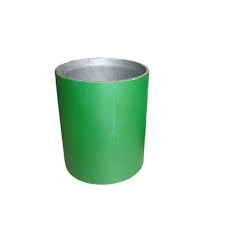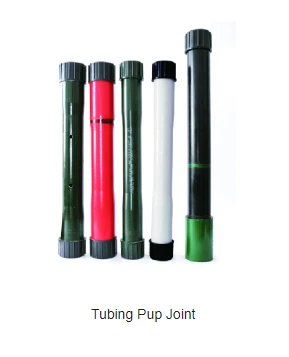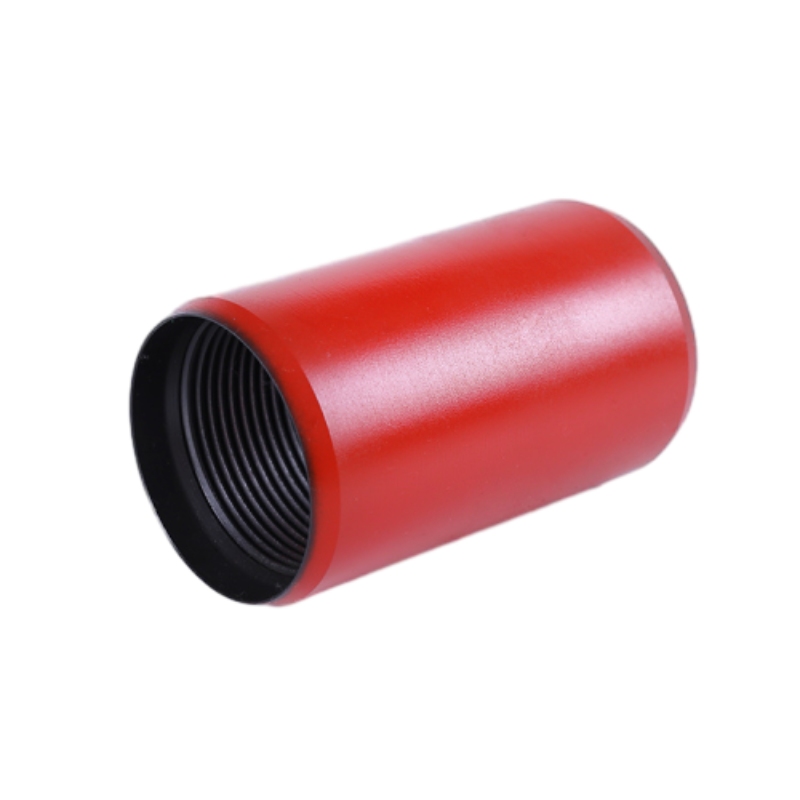- Afrikaans
- Albanian
- Amharic
- Arabic
- Armenian
- Azerbaijani
- Basque
- Belarusian
- Bengali
- Bosnian
- Bulgarian
- Catalan
- Cebuano
- Corsican
- Croatian
- Czech
- Danish
- Dutch
- English
- Esperanto
- Estonian
- Finnish
- French
- Frisian
- Galician
- Georgian
- German
- Greek
- Gujarati
- Haitian Creole
- hausa
- hawaiian
- Hebrew
- Hindi
- Miao
- Hungarian
- Icelandic
- igbo
- Indonesian
- irish
- Italian
- Japanese
- Javanese
- Kannada
- kazakh
- Khmer
- Rwandese
- Korean
- Kurdish
- Kyrgyz
- Lao
- Latin
- Latvian
- Lithuanian
- Luxembourgish
- Macedonian
- Malgashi
- Malay
- Malayalam
- Maltese
- Maori
- Marathi
- Mongolian
- Myanmar
- Nepali
- Norwegian
- Norwegian
- Occitan
- Pashto
- Persian
- Polish
- Portuguese
- Punjabi
- Romanian
- Russian
- Samoan
- Scottish Gaelic
- Serbian
- Sesotho
- Shona
- Sindhi
- Sinhala
- Slovak
- Slovenian
- Somali
- Spanish
- Sundanese
- Swahili
- Swedish
- Tagalog
- Tajik
- Tamil
- Tatar
- Telugu
- Thai
- Turkish
- Turkmen
- Ukrainian
- Urdu
- Uighur
- Uzbek
- Vietnamese
- Welsh
- Bantu
- Yiddish
- Yoruba
- Zulu
Stainless Steel Pipe Coupling - Durable, Corrosion Resistant, Easy Installation
- Introduction to Stainless Steel Pipe Coupling and Market Overview
- Technical Superiority of Stainless Steel Pipe Couplings
- Comparing Stainless Steel, Carbon Steel, and Copper Pipe Couplings
- Manufacturer Analysis and Product Variations in the Market
- Customization Options for Pipe Couplings
- Application Case Studies Across Diverse Industries
- Future Trends: The Evolution of Stainless Steel Pipe Coupling Technology

(اقتران الأنابيب غير القابل للصدأ)
Introduction to Stainless Steel Pipe Coupling and Market Overview
Throughout the industrial landscape, the demand for reliable and durable piping solutions has grown exponentially. Stainless steel pipe coupling represents a vital component in this sphere, connecting various pipe segments while ensuring maximum flow integrity and leak prevention. According to a 2023 Grand View Research report, the global stainless steel pipe market is projected to reach USD 17.5 billion by 2028, growing at a CAGR of 4.8%. One of the key drivers behind this expansion is the increasing use of stainless steel coupling due to its resistance to corrosion, high pressure, and temperature fluctuations. The coupling market addresses a wide spectrum of industries, including oil & gas, chemical processing, water treatment, and food & beverage production. Understanding the specifications, benefits, and application contexts of stainless steel pipe coupling is essential for professionals seeking resilient and future-proof piping systems. This overview sets the stage for a deeper dive into the technical and practical aspects that distinguish these components from their alternatives.
Technical Superiority of Stainless Steel Pipe Couplings
Stainless steel pipe couplings are engineered with a focus on exacting standards. They typically use AISI 304 or AISI 316 grades, featuring chromium and nickel to deliver unmatched corrosion resistance. The tensile strength of stainless steel used in pipe couplings can exceed 515 MPa, with an elongation rate of more than 40%. In harsh environments—for example, offshore oil rigs or chemical plants—this resilience translates into lower maintenance costs and longer intervals between replacements. The couplings are also non-reactive, ensuring that the media passing through the pipes remains uncontaminated, which is critical for pharmaceutical and food-grade applications. Innovations in manufacturing, such as laser welding and seamless forging, further guarantee leak-proof joints and high mechanical stability.
Comparing Stainless Steel, Carbon Steel, and Copper Pipe Couplings
When selecting a suitable piping connector, it's crucial to weigh the properties of stainless steel, carbon steel, and copper pipe couplings. Here is a comparative data table that outlines the primary differences:
| Property | Stainless Steel Coupling | Carbon Steel Coupling | Copper Coupling |
|---|---|---|---|
| Corrosion Resistance | Excellent | Poor without coatings | Good (in non-acidic environments) |
| Temperature Range | -196°C to +870°C | -29°C to +427°C | -196°C to +204°C |
| Tensile Strength (MPa) | 515+ | 485-620 | 210-250 |
| Typical Service Life | 30+ years | 10-20 years | 10-30 years |
| Price Index | High | Medium | Medium-High |
| Weight | Moderate | High | Low |
| Maintenance | Low | Moderate-High | Low |
The table highlights that stainless steel pipe coupling leads the segment in corrosion resistance, service life, and suitability under extreme temperature and pressure. In comparison, carbon steel couplings fall short in aggressive environments while copper couplings, although lightweight, are less adept in high-pressure or acidic systems.
Manufacturer Analysis and Product Variations in the Market
The stainless steel pipe coupling market is populated by global industry leaders and specialized manufacturers. Key players include Victaulic, GF Piping Systems, and Parker Hannifin. Each brings unique product variations: Victaulic is renowned for its grooved mechanical couplings, which streamline installation and maintenance. GF Piping Systems offers both compression and push-fit stainless steel couplings designed for high-purity applications, while Parker Hannifin provides quick-connect systems for versatile deployment across industries. Market analysis from IndustryARC (2023) notes that grooved and press-fit couplings hold a combined 62% market share due to their assembly convenience and leak-tight reliability. Indian and Chinese OEMs are also gaining traction with cost-efficient standard coupling solutions, making market entry increasingly competitive. End users should verify global certifications such as ASTM A403, EN 10253, and ISO 9001 when sourcing couplings, especially for critical systems.
Customization Options for Pipe Couplings
No two piping systems are entirely alike—process conditions, substances, and pressure requirements often demand custom coupling solutions. Advanced manufacturers now offer customization covering size range (from DN15 to DN1200), wall thickness, and thread types, including NPT, BSP, or metric. Surface treatments, such as electropolishing or passivation, can be requested for pharmaceutical and semiconductor facilities to minimize contamination. Design modifications, like integrated sensors for leak detection or flexible bellows for vibration damping, are increasingly prevalent. According to industry surveys, about 33% of end users in the food and beverage sector require at least one custom coupling parameter per installation. With the rise of 3D CAD modeling and simulation, customers can visualize and assess stress points prior to production, dramatically reducing prototyping cycles and downstream risk.
Application Case Studies Across Diverse Industries
The utility of stainless steel pipe couplings is demonstrated by their deployment in sectors requiring stringent standards for hygiene, safety, or durability. For example, a leading Scandinavian water utility replaced an aging ductile iron pipeline with AISI 316L stainless steel couplings and, as a result, extended service intervals from five years to fifteen years. In a chemical processing facility in Texas, the transition from carbon steel to stainless steel couplings reduced annual maintenance costs by 28% and eliminated more than 95% of joint failures. Meanwhile, in the food processing industry, electropolished stainless steel couplings are pivotal for meeting the FDA’s sanitary requirements, facilitating rapid cleaning and minimizing downtime. Data from the European Industrial Piping Association (2022) shows that 41% of new installations now specify stainless steel couplings for critical connections, overtaking copper and carbon steel usage in sectors where system integrity is paramount. These success stories highlight both the versatility and adaptability of stainless steel couplings across a spectrum of demanding applications.
Future Trends: The Evolution of Stainless Steel Pipe Coupling Technology
As technology advances, the evolution of stainless steel pipe coupling is set to continue, driven by demands for higher efficiency, digital monitoring, and sustainability. Smart couplings with embedded sensors for real-time integrity monitoring are entering commercialization, with early adoption expected across chemical and water treatment plants by 2026. The shift towards modular construction and off-site fabrication is also boosting the use of press-fit and clamp-style couplings, cutting installation times by up to 50%. Environmental considerations are fostering the use of recycled steel and eco-friendly manufacturing, supporting the circular economy. The integration of predictive maintenance via IoT connectivity is another area of growth, with MarketsandMarkets forecasting an 18% CAGR in smart coupling solutions within the next five years. As regulation tightens and industries pivot towards higher standards of safety and sustainability, stainless steel pipe coupling will remain a cornerstone in the infrastructure of tomorrow’s engineered systems.

(اقتران الأنابيب غير القابل للصدأ)
FAQS on اقتران الأنابيب غير القابل للصدأ
Q: What is a stainless steel pipe coupling?
A: A stainless steel pipe coupling is a fitting used to connect two sections of stainless steel pipe securely. It is highly corrosion-resistant and durable. This makes it suitable for various industrial and plumbing applications.Q: How does stainless steel pipe coupling compare to copper pipe coupling?
A: Stainless steel pipe couplings offer better corrosion resistance and strength compared to copper couplings. Copper couplings are usually preferred for plumbing where flexibility and thermal conductivity are key. For high-pressure and harsh environments, stainless steel is the ideal choice.Q: Can stainless steel and copper pipe couplings be used together?
A: Generally, it’s not recommended to directly connect stainless steel and copper pipe couplings, as galvanic corrosion can occur. If necessary, use a dielectric union to safely join them. This prevents damage and prolongs the system’s life.Q: What are the main benefits of using stainless steel pipe couplings?
A: Stainless steel pipe couplings provide excellent resistance to rust, high pressure, and extreme temperatures. They have a long lifespan and require minimal maintenance. Their strength makes them suitable for critical systems.Q: Are there specific industries where stainless steel pipe couplings are preferred?
A: Yes, stainless steel pipe couplings are widely used in the chemical, oil and gas, and food processing industries. Their durability and corrosion resistance are crucial in these sectors. They ensure reliable and safe connections in demanding applications.-
Tubing Pup Joints: Essential Components for Oil and Gas OperationsNewsJul.10,2025
-
Pup Joints: Essential Components for Reliable Drilling OperationsNewsJul.10,2025
-
Pipe Couplings: Connecting Your World EfficientlyNewsJul.10,2025
-
Mastering Oilfield Operations with Quality Tubing and CasingNewsJul.10,2025
-
High-Quality Casing Couplings for Every NeedNewsJul.10,2025
-
Boost Your Drilling Efficiency with Premium Crossover Tools & Seating NipplesNewsJul.10,2025







